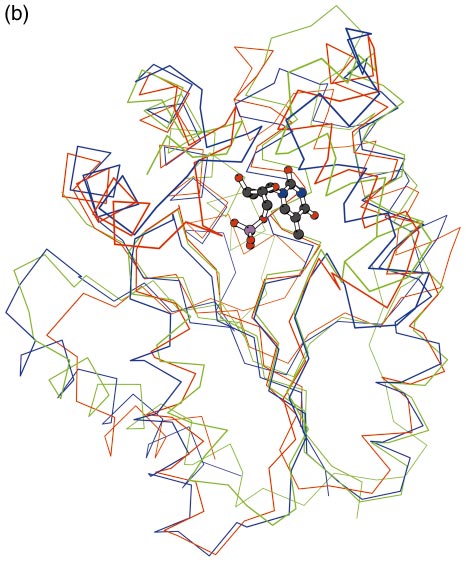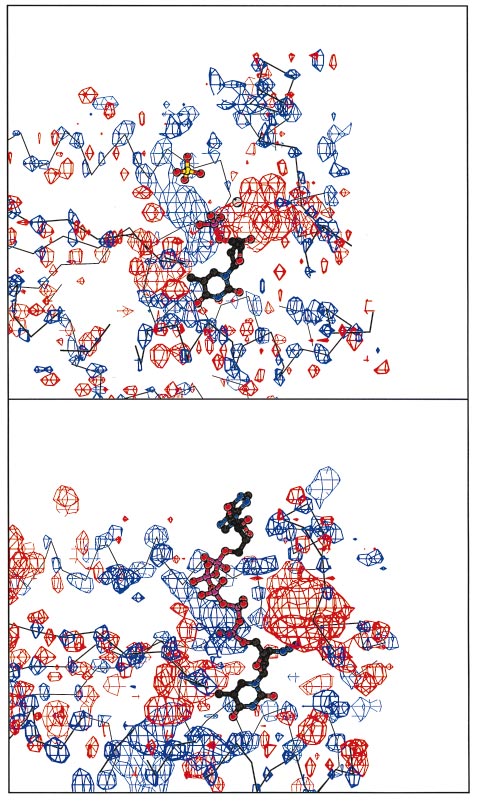Microsoft word - pain cpg 2-09.doc
cpg .pain updated 03/2009 New England Pediatric Sickle Cell Consortium Management of Acute Pain in Pediatric Patients with Sickle Cell Disease (Vaso-Occlusive Episodes) Disclaimer Statement: Hospital clinical pathways are designed to assist clinicians by providing an analytical framework for the diagnosis and treatment of specific medical problems. They may be used for patient education and to assist in planning future care. They are not intended to replace a physician's judgment or to establish a protocol for all patients with a particular condition. The ultimate decision regarding the care of any patient should be made in respect to the individual circumstances presented by the patient. Any specific medications and dosing must always be reviewed carefully for each patient in view of any drug allergy or adverse reactions. This document was based on available research and clinical experience at time of its compilation. The following protocol is a regional guideline, and may be adopted by individual institutions as needed.





